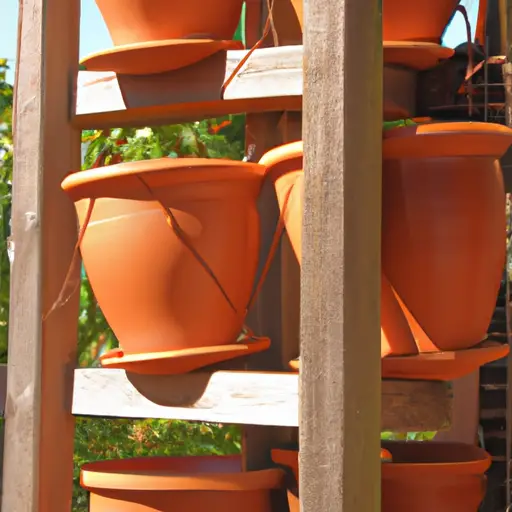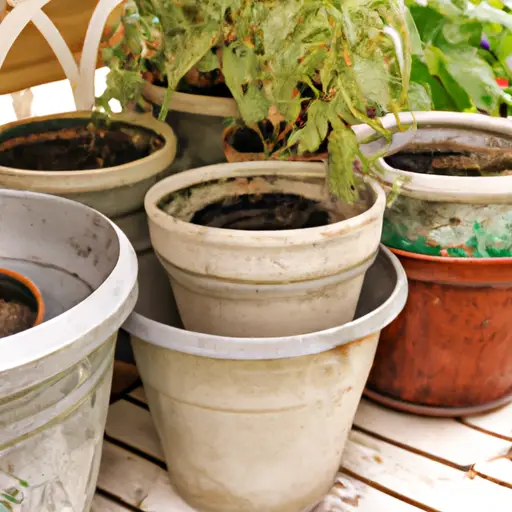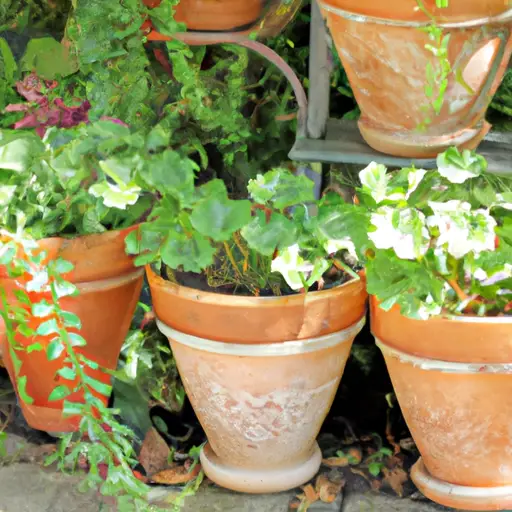How to Choose the Perfect Containers for Your Garden Needs
Gardening is a fulfilling and enjoyable hobby that offers countless benefits, both for your mental and physical well-being. Whether you have a spacious backyard or a tiny balcony, creating a garden space can be accomplished through container gardening. This method allows you to grow a variety of plants in containers, making it suitable for any size or type of living space. When it comes to container gardening, the choice of containers plays a crucial role in the success of your plants. This article will guide you on how to choose the perfect containers for your garden needs.
1. Size Matters
One of the first considerations when choosing containers is their size. The size of the container directly affects how well your plants will grow and flourish. Small containers limit root growth and nutrient intake, leading to stunted growth or even plant death in some cases. On the other hand, larger containers provide ample space for root development and allow more moisture retention in the soil.
Consider the mature size of your plants before selecting a container. Larger plants such as tomatoes or peppers require deeper containers with sufficient space for their extensive root systems. Herbs and smaller flowers may thrive in shallower pots but still need enough room for their roots to spread out.
2. Material Selection
Containers are available in various materials, each with its own advantages and disadvantages. Some common materials include clay, plastic, wood, metal, and ceramic.

– Clay: Clay pots are popular due to their porosity which allows excess water to evaporate easily, preventing overwatering issues. However, they can dry out quickly during hot weather.
– Plastic: Plastic pots are lightweight and retain moisture well but can become overheated when exposed to direct sunlight.
– Wood: Wooden containers provide insulation against temperature fluctuations but should be lined with plastic or waterproof material to prevent rotting.
– Metal: Metal pots are durable but can heat up quickly under the sun, potentially damaging the roots of sensitive plants.
– Ceramic: Ceramic containers are elegant and come in an assortment of designs, but they can be heavy and prone to cracking in cold temperatures.
Consider the specific needs of your plants, your climate conditions, and your desired aesthetics when choosing a material.
3. Drainage is Vital
Proper drainage is essential for successful container gardening. Without good drainage, excess water can accumulate in the container, leading to root rot and other fungal diseases. Look for containers with sufficient drainage holes at the bottom to ensure water can freely escape.
Furthermore, consider using a layer of stones or gravel at the bottom of the pot to improve drainage. This will prevent soil from clogging the drainage holes and promote healthier root growth.
4. Consider Aesthetics
Containers not only serve as functional vessels for your plants but also contribute to the overall visual appeal of your garden. Consider the aesthetics of your garden space and choose containers that complement or enhance it.

You may opt for colorful pots that add vibrancy or choose neutral tones for a more minimalist look. It is also worth considering if you want uniformity in your garden design or if you prefer an eclectic mix of different container styles.
5. Look for Portability
Portability is especially important if you have limited sunlight or space within your living area. Containers that are lightweight and equipped with handles or wheels allow easy mobility so you can relocate them as needed to optimize sun exposure.
6. Maintenance Considerations
Lastly, consider the maintenance requirements associated with different containers. Some materials may require more effort when it comes to cleaning or preventing weather-related damage. If you have limited time or prefer low-maintenance gardening, choose containers that fit those criteria.
Remember that container size also affects moisture retention, so larger containers generally require less frequent watering compared to smaller ones.
In conclusion, choosing the perfect containers for your garden needs involves careful consideration of size, material, drainage, aesthetics, portability, and maintenance requirements. By taking these factors into account, you can create an ideal environment for your plants to grow and thrive. With the right containers in place, your container garden will become a beautiful and flourishing oasis in any space.













